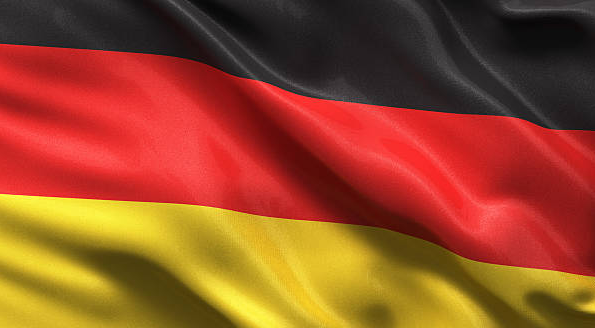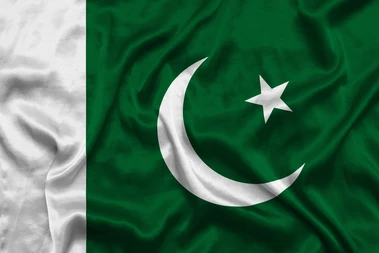The Brazil National Flag is a symbol of pride and history for its people. The vibrant green, yellow, and blue colors represent the country’s lush forests, abundant sunshine, and vast oceans. In this article, we will explore the history and significance of the Brazil national flag, as well as the meaning behind its design.
The History of the Brazil National Flag
The first version of the Brazil national flag was created in 1822, when the country declared independence from Portugal. It featured a green and yellow design with a blue circle in the center, representing the night sky over Rio de Janeiro at the time of Brazil’s independence.
In 1889, Brazil transitioned from an empire to a republic, and a new flag was needed to represent the new government. The design of the flag remained the same, but the monarchy symbol was removed from the center of the blue circle.
The Design of the Brazil National Flag
The Brazil national flag has a unique and distinctive design that reflects the country’s natural beauty and rich history. The flag is divided into three equal horizontal stripes: the top stripe is green, the middle stripe is yellow, and the bottom stripe is blue. In the center of the flag is a white circle with a blue starry sky.
The Colors of the Brazil National Flag
Each color on the Brazil national flag has a specific meaning:
- Green represents Brazil’s lush forests and hope for the future.
- Yellow represents the country’s abundant natural resources, including gold and wealth.
- Blue represents the sky and the oceans that surround Brazil.
The Symbols of the Brazil National Flag
The white circle in the center of the flag represents peace, and the blue starry sky symbolizes the constellation of the Southern Cross, which is only visible from Brazil and other countries in the Southern Hemisphere.
The Significance of the Brazil National Flag
The Brazil national flag is an important symbol of the country’s culture, history, and national identity. It is a source of pride for the Brazilian people, and it is flown on many important occasions, including Independence Day, National Flag Day, and other patriotic celebrations.
The Brazil national flag is flown in a specific way, following a set of rules and etiquette. The flag should always be flown on a flagpole with the green stripe on top. When flying the flag at half-mast, it should be raised to the top of the pole first, and then lowered to half-mast.
FAQs
Q1. What is the significance of the Brazil national flag?
The Brazil national flag is an important symbol of the country’s culture, history, and national identity. It represents Brazil’s natural beauty and abundant resources, as well as its hope for the future.
Q2. What do the colors of the Brazil national flag represent?
The green stripe represents Brazil’s lush forests and hope for the future, the yellow stripe represents the country’s abundant natural resources, and the blue stripe represents the sky and the oceans that surround Brazil.
Q3. What is the meaning behind the blue starry sky on the Brazil national flag?
The blue starry sky on the Brazil national flag represents the constellation of the Southern Cross, which is only visible from Brazil and other countries in the Southern Hemisphere.
Q4. When is the Brazil national flag flown?
The Brazil national flag is flown on many important occasions, including Independence Day, National Flag Day, and other patriotic celebrations.
References
- “Brazil National Flag.” World Flags 101. https://www.worldflags101.com/b/brazil-flag.aspx
- “Brazilian Flag.” Brazil.org.za. http://www.brazil.org.za/brazilian-flag.html
- “Flag of Brazil.” Britannica. https://www.britannica.com/topic/flag-of-Brazil

